The Nordic Optical Telescope, located in the Canary Islands has detected an strange object located at 2.25 astronomical units from the Sun.
This observation was confirmed two nights later with the Gran Telescopio Canarias, off 10.4 m. The asteroid P/2010 A2 is approximately 120 m wide and orbit between Mars and Jupiter in the asteroid belt.
It's January 6, 2010, Hubble showed that it was an asteroid adorned with a long filament of debris.
Thanks to the Hubble Space Telescope took images of this event between January and May 2010, NASA was able to announce that this was due to a collision of two asteroids that occurred in early 2009.
The long tail of 50 000 km, the asteroid P/2010 A2 consists of particles with diameters ranging from one millimeter to 2.5 centimeters. The asteroid that struck P/2010 A2 is much smaller, it measures from three to six meters wide (journal 'Nature' on 14 October).
The two celestial bodies have faced nearly 18 000 km/h. The impact smashed the smallest asteroid and reduces the weight of the largest.
According to David Jewitt, an astronomer at the University of California at Los Angeles, the collision occurred in February or March 2009.
The collision itself was not observed. | | The event is not rare but the observation of such an event is lucky because small asteroids collide about once a year in this area.
When these shocks asteroids lose mass by ejecting dust into interplanetary space.
Astronomers rely on computer models to predict the frequency of collisions and the volume of dust produced.
"These observations are important because we need to know where does the dust of the solar system and the part resulting from collisions between asteroids compared to that from comets as they pass," says David Jewitt.
Although the pictures from Hubble show evidence of a collision between two asteroids, David Jewitt believes it does not have enough information to rule out other explanations for this strange object.
NB: The Lincoln Near-Earth Asteroid Research (LINEAR) is a joint research project of the U.S. Air Force, NASA and MIT's Lincoln Laboratory.
LINEAR robotic telescopes have detected the December 31, 2007, 225,957 asteroids, 2 019 comets and 236 objects cruisers. | | 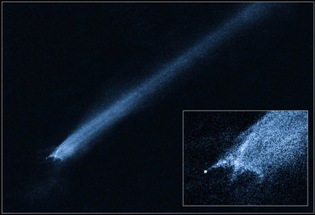 Image: Hubble has captured images of a collision between two small asteroids. Images taken from January to May 2010 indicate that the object, called P/2010 A2, measures 130 meters wide. The asteroid has a long tail of 50 000 km of which the particles are between one millimeter to 2.5 centimeters.
Credit: NASA / ESA / A. Jewitt (UCLA) |
 Automatic translation
Automatic translation



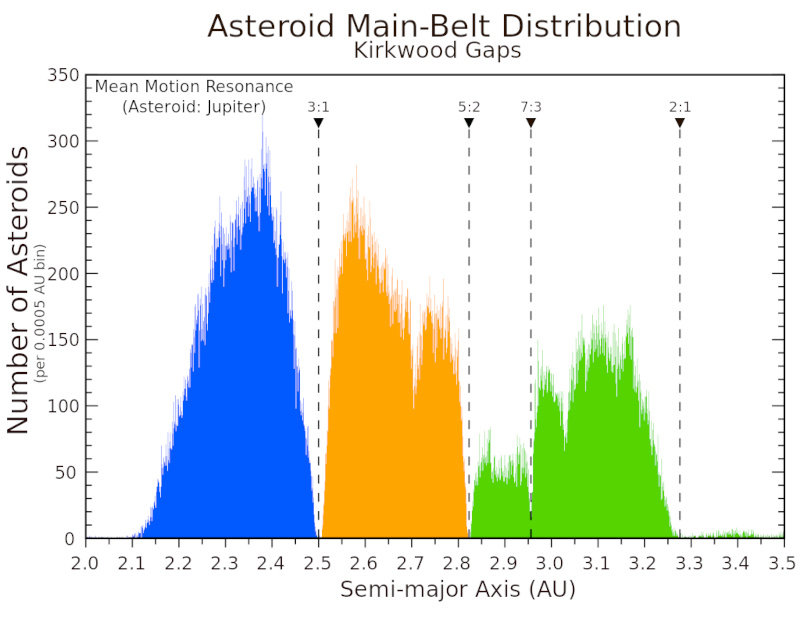 The Kirkwood Gaps in the Main Asteroid Belt
The Kirkwood Gaps in the Main Asteroid Belt
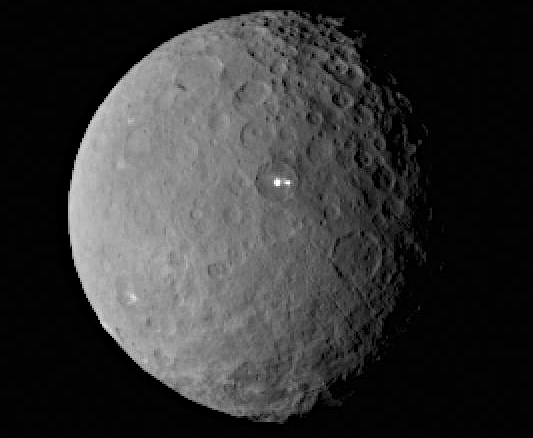 What is the asteroid belt?
What is the asteroid belt?
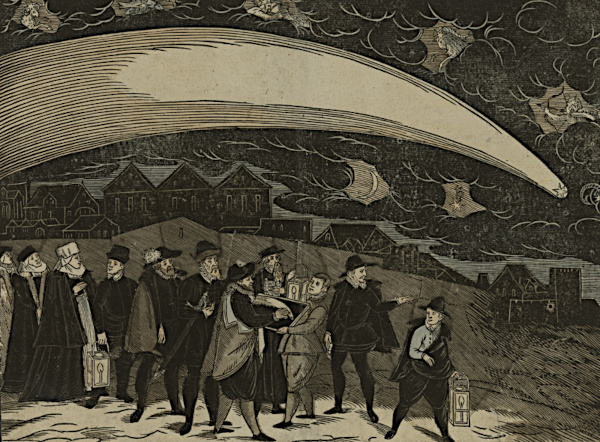 The Great Comet of 1577 Shattered the Crystal Spheres
The Great Comet of 1577 Shattered the Crystal Spheres
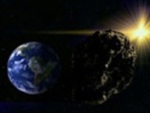 Asteroids, the threat to life...
Asteroids, the threat to life...
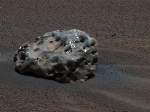 Meteorites, extraterrestrial objects
Meteorites, extraterrestrial objects
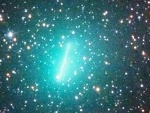 Hartley 2 passes by us, every 6 years
Hartley 2 passes by us, every 6 years
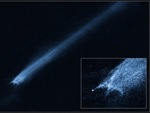 Collision between 2 asteroids
Collision between 2 asteroids
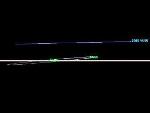 Asteroid shot, ever closer to Earth
Asteroid shot, ever closer to Earth
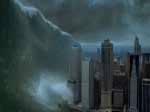 Apophis, the next disaster
Apophis, the next disaster
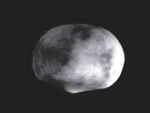 The asteroid Vesta
The asteroid Vesta
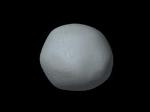 What is an asteroid?
What is an asteroid?
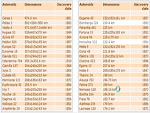 List of asteroids ordered by size
List of asteroids ordered by size
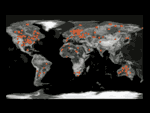 Impact craters on Earth
Impact craters on Earth
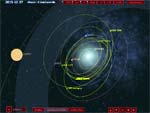 Simulator, the round of near-Earth cruisers
Simulator, the round of near-Earth cruisers
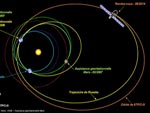 Rosetta has a date with a comet
Rosetta has a date with a comet
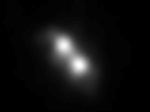 Near-Earth asteroids
Near-Earth asteroids
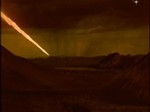 Asteroid 2009 DD45 sends us a sign
Asteroid 2009 DD45 sends us a sign
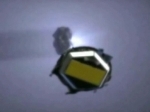 Where does the water on planet Earth come from?
Where does the water on planet Earth come from?
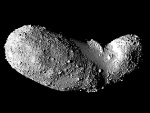 Asteroid or comet?
Asteroid or comet?
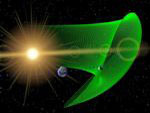 2010 TK7, Earth's Trojan asteroid
2010 TK7, Earth's Trojan asteroid
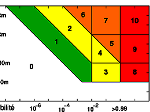 Torino scale asteroid impact risk classification
Torino scale asteroid impact risk classification
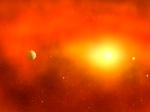 Nice model, the late bombardment
Nice model, the late bombardment
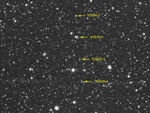 Once again we haven't seen it
Once again we haven't seen it
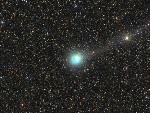 2013 the year of the comets
2013 the year of the comets
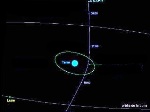 Asteroid 2012 DA14 passed on February 15, 2013
Asteroid 2012 DA14 passed on February 15, 2013
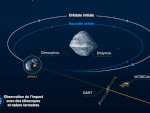 Planetary defense with Didymos and Dimorphos
Planetary defense with Didymos and Dimorphos
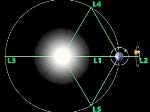 Lagrange points, L1 L2 L3 L4 L5
Lagrange points, L1 L2 L3 L4 L5
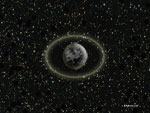 Chariklo and his two amazing rings
Chariklo and his two amazing rings
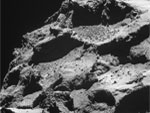 Rosetta and Philae
Rosetta and Philae
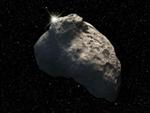 Kuiper Belt Objects
Kuiper Belt Objects
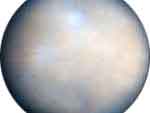 Ceres, the largest asteroid
Ceres, the largest asteroid
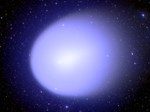 The periodic passage of comets
The periodic passage of comets
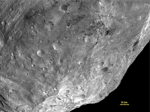 The south pole ripped from the asteroid Vesta
The south pole ripped from the asteroid Vesta
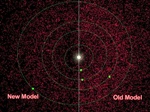 Asteroid sky map brightens up
Asteroid sky map brightens up
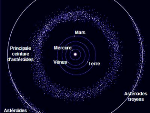 Areas with asteroids and comets
Areas with asteroids and comets
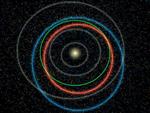 Orbits of dangerous asteroids
Orbits of dangerous asteroids
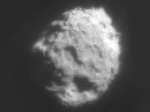 Wandering comets
Wandering comets
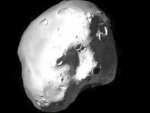 Juno disfigured by a collision
Juno disfigured by a collision
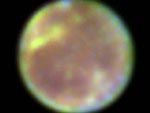 The asteroid Ganymede, near-Earth cruiser and Mars cruiser
The asteroid Ganymede, near-Earth cruiser and Mars cruiser
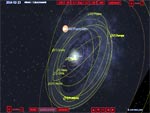 Simulator, the round of asteroids
Simulator, the round of asteroids
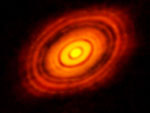 Hell of the Hadean
Hell of the Hadean
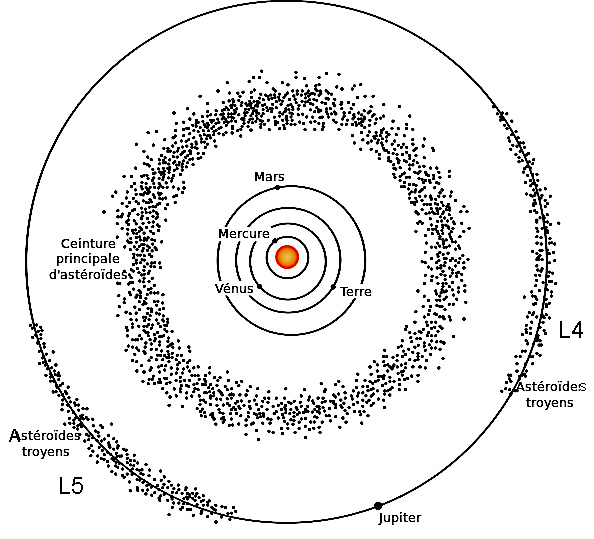 Are there natural satellites of natural satellites?
Are there natural satellites of natural satellites?